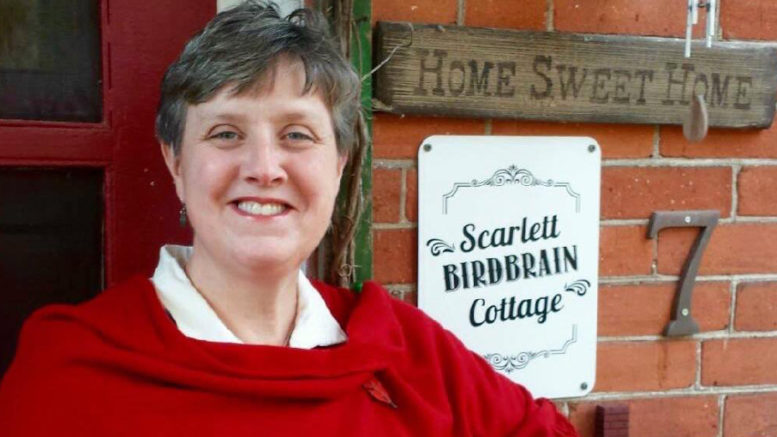Laurie Snider
Notes from the Nest
A bee’s brain is approximately the size of a sesame seed.
What it lacks for in size, it more than makes up for in its incredible capacity to live in an intricate social hierarchy, gather pollen and nectar, produce no less than five different products from the hive, communicate complex messages about nectar sources and, of course, generate that sweet, sticky, liquid, gold honey we love to eat. Not only do bees produce a delicious food suitable for human consumption but every third mouthful of food we eat is due to bees pollinating our crops.
A couple of weeks ago, I spent a fascinating, enlightening morning with Ben Hogan of Hogan Apiaries in Bath, becoming educated in all thing’s apiculture. Ben’s father William started the business with his older brother Howard, in 1934. He worked at it until he was 90, passing away at age 92. Ben, who worked for the Ministry of Fisheries and Oceans until retiring in 1997, has had the business on Hwy 33 since the early 80s. His wife and son Tim are also involved in the business, although Tim works in an administrative role, as he’s rather ironically highly allergic to bees.
Ben certainly knows his stuff. To be an efficient beekeeper you need to understand bees, their natural instincts, how to care for, provide for and nurture them, all while disrupting them as little as possible. He also possesses a calm demeanour, another advantageous quality when working with bees. Ben enjoys sharing his love for and knowledge of bees, believing education is one of the keys to their survival, which made him the perfect host.
The practice of beekeeping has been in existence for at least 4,500 years. For centuries honey has been treasured and revered, ancient Greeks and Romans appreciating it as a symbol of love, beauty and fertility. In February 1225, in the Magna Carta, King Henry III legalized the harvesting of honey by common folks. It’s been prized for its medicinal qualities from sore throats to hay fever and also for its antibacterial properties and antiseptic usages. Honey has also been used extensively in beauty treatments; Cleopatra was apparently quite a fan. Archeologists even found 2000-year-old honey in Egyptian tombs. Upon tasting it, it was declared, “delicious!” My goodness, that’s some kind of shelf life!
A colony is made up of 20,000-60,000 honey bees. The queen, which there is only one of per hive, is the most important bee. Her role is to mate and lay eggs, of which she is capable of producing over 1,500 per day. In case you were wondering just who does all of the work in the hive, sorry fellas, but it’s the ladies. The only males are the drones and their only job is to mate with the queen. Yep, that’s it! The females or worker bees, raise the babies, keep things cleaned up, look after the queen including feeding her Royal Jelly (she’s the only one that gets it), collect the pollen and nectar, produce wax to make honeycombs or cells, act as evaporators to process the honey and guard the hives. Phew! No wonder we say “Busy as a bee!”
Unless you live under a rock, you’re probably aware bees, as well as other pollinators, are in trouble for a variety of reasons from habitat loss, climate change, mites, viruses and pesticides. Despite this, Ben remains optimistic. He says a lot of research is being done and good breeding programs are helping. He also advises to plant bee friendly plants and not to kill the weeds, as it’s their first source of food. So, save those dandelions.
With caregivers like Ben, I’m hopeful bees will have a Bee-utiful future!

